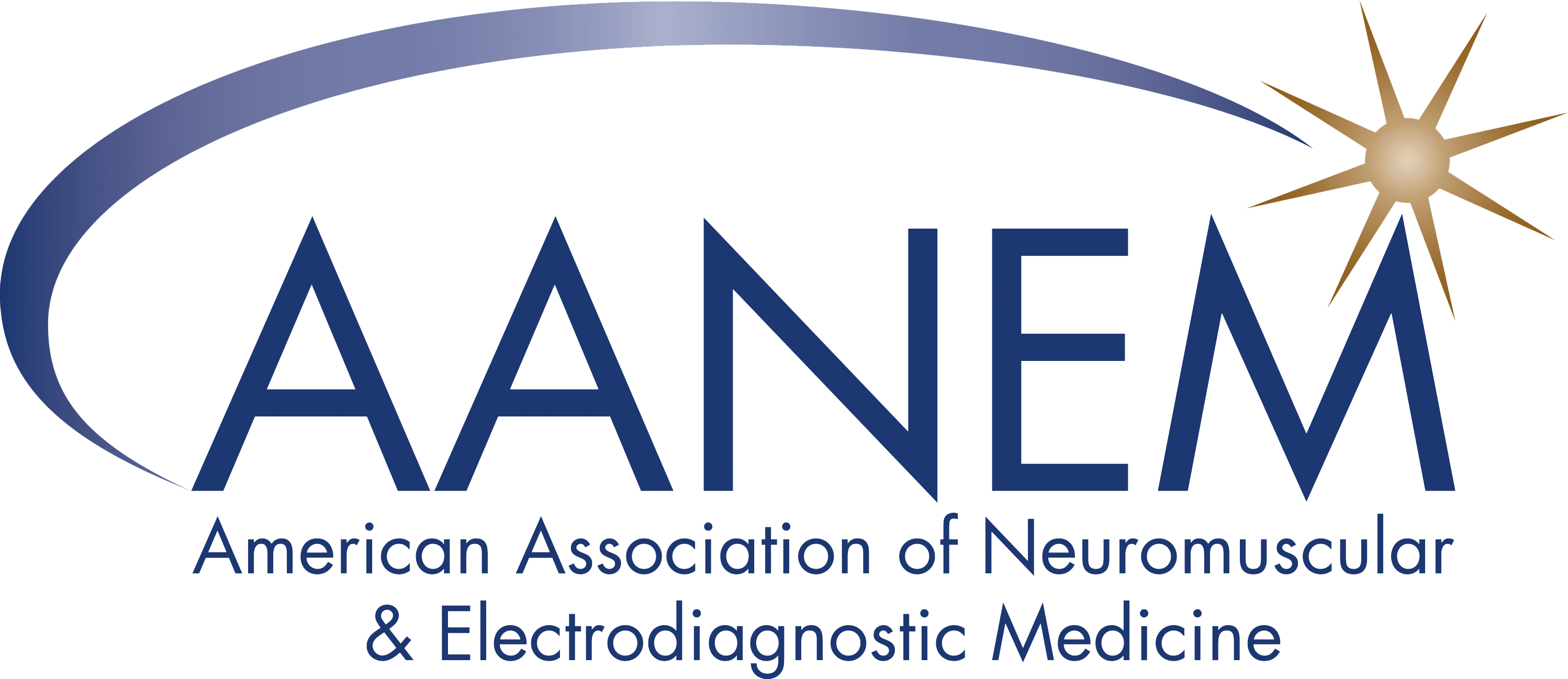Science News: Guillain-Barré Syndrome in Association With COVID-19 Infection: A Tale of Two Studies
Published August 03, 2021
Education Science News
 Submitted by: Clark Pinyan, MD, MPH
Submitted by: Clark Pinyan, MD, MPH
Edited by: Francisco Gomez, MD
Fragiel M, Miró Ò, Llorens P, et al. Incidence, clinical, risk factors and outcomes of Guillain-Barré in COVID-19. Ann Neurol. 2021;89(3):598-603. doi:10.1002/ana.25987
Hasan I, Saif-Ur-Rahman KM, Hayat S, et al. Guillain-Barré syndrome associated with SARS-CoV-2 infection: A systematic review and individual participant data meta-analysis. J Peripher Nerv Syst. 2020;25(4):335-343. doi:10.1111/jns.12419
Summary: As the COVID-19 pandemic has spread, there have been increasing reports of neurological manifestations. In one study 36.4% of patients reported dysgeusia or anosmia, headaches, dizziness, stroke and encephalopathy. In another, up to 84% of patients with severe COVID-19 had neurological complaints. There have been reports of concomitant COVID-19 and GBS which led the authors to the above meta-analysis and multi-center case-control study. The case-control study included 61 EDs serving 31% of the Spanish population, Fig 1. They found an increase in relative incidence of GBS in patients presenting with COVID infection. GBS was diagnosed by a neurologist, and supported by laboratory data. COVID and GBS patients were more likely to have more prolonged lengths of stay and to be admitted to an ICU, however mortality was unchanged. Of note, all patients received IVIG treatment, and given no changes in mortality, some may infer that there was no increase in severe thrombotic events with IVIG administration.
The meta-analysis study was conducted according to PRISMA guidelines and included 45 studies comprising 61 patients (median age 57, 68.9% male). Of these patients, 67.2% Brighton Criteria 1 and the virosis was confirmed via PCR, IgM or IgG studies. They reported:
- Albuminocytological dissociation in 90.2% of patients
- Demyelinating GBS subtype described in 75.5%
- Good outcomes (GBS disability score <2) in 65.3%
| Symptom | Percentage |
|---|---|
| Autonomic Dysfunction | 14.8% |
| Bulbar Palsy | 18% |
| Facial Palsy | 29.5% |
| Hyporeflexia | 78.7% |
| Paraparesis | 43.4% |
| Quadriparesis | 56.6% |
Both studies hypothesize the most likely cause for COVID associated GBS is autoimmune in nature, the authors of the Spanish study posing that olfactory bulb inflammation and demyelination may be the inciting factor for ganglioside exposure causing molecular mimicry response and, in turn, GBS. Both studies also found, that the most common variant of GBS associated with COVID-19 infection is that of the demyelinating type.
